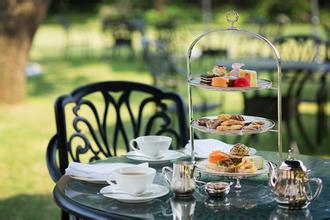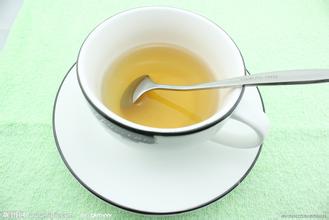Description of Peruvian Coffee Bean Flavor, characteristics of varieties and manors in producing areas
Description of Peruvian Coffee Bean Flavor, characteristics of varieties and manors in producing areas
Peruvian coffee is grown in a planned way, which has greatly increased coffee production. Peruvian coffee has a mellow taste and proper acidity, and this lukewarm coffee attitude has made more and more people like it. Peruvian coffee has always been used as one of the stable mellow mixed beans of comprehensive coffee, and its rich acidity and mellow smoothness are its most prominent features. Peruvian coffee has a soft sour taste, medium texture, good taste and aroma, and is an indispensable ingredient in the production of comprehensive coffee. High-quality Peruvian coffee has a strong aroma, smooth, layered, rich and sweet, and contains elegant and mild acidity, will quietly awaken your taste buds Peruvian coffee beans, which are most famous for the coffee beans produced in the middle of the country and Cusco in the south. In addition, there are also some regions in northern Peru that produce characteristic organic coffee. Organic coffee is made of beans grown in the shade of trees. Although the yield of coffee beans is not high because of the method of planting in the shade, its quality can reach the level of gourmet coffee. This is because shading trees can slow down the ripening of coffee trees, help coffee grow fully, make it contain more natural ingredients, breed better flavors, and reduce caffeine content.
A series of chemical changes occur in the process of baking. After about 5-25 minutes of baking (depending on the temperature selected), the green coffee beans lose some humidity and turn yellow. In this process, the coffee beans will swell, changing from a strong, high-density raw bean to a low-density fluffy state. After this process, the coffee beans will about double in size and begin to show a light brown after stir-frying. After this stage is completed (after about 8 minutes of baking), the calories will be reduced. The color of the coffee soon changed to dark. When the preset baking depth is reached, cold air can be used to cool the coffee beans in order to stop the baking process. Baking is roughly divided into shallow baking (Light), medium baking (Medium), urban baking (City) and deep baking (Deep). Light roasted coffee beans: will have a strong smell, very crisp, high acidity is the main flavor and slightly mellow. Medium-roasted coffee beans: have a strong mellow, but also retain a certain degree of acidity. City-baked coffee beans: the surface is dark brown, the acidity is replaced by slight bitterness, and most of the flavor has been destroyed. Deep-roasted coffee beans: dark brown in color and oily on the surface. For most coffee beans, the alcohol content increases significantly and the acidity decreases. In fact, roasting coffee is a way of processing food.

Important Notice :
前街咖啡 FrontStreet Coffee has moved to new addredd:
FrontStreet Coffee Address: 315,Donghua East Road,GuangZhou
Tel:020 38364473
- Prev

Panamanian Jade Manor Rose Summer Coffee Bean Grinding scale Manor area treatment
Panamanian Emerald Manor Rose Summer Coffee Bean Grinding scale Manor Regional treatment method the dry aroma of Rosa is very bright, with aromas of rose and jasmine, with aromas of honey pomelo and citrus, light baked with nutty aromas; the wet aroma also has hazelnut aromas, and more floral characteristics emerge. In terms of taste and flavor, compared with the previous rising aroma.
- Next

Introduction to the production method of Yunnan small Coffee Flower and Fruit Mountain, the brewing method, the price manor area.
Yunnan small Coffee Flower and Fruit Mountain making method Price Manor production area introduction in 1892, French missionary Father Tian used coffee fruit to breed the first coffee tree outside the church, and then cultivated more coffee trees around the church. Since then, the village of Zhukula began to grow coffee, and coffee has been around the village ever since.
Related
- Detailed explanation of Jadeite planting Land in Panamanian Jadeite Manor introduction to the grading system of Jadeite competitive bidding, Red bid, Green bid and Rose Summer
- Story of Coffee planting in Brenka region of Costa Rica Stonehenge Manor anaerobic heavy honey treatment of flavor mouth
- What's on the barrel of Blue Mountain Coffee beans?
- Can American coffee also pull flowers? How to use hot American style to pull out a good-looking pattern?
- Can you make a cold extract with coffee beans? What is the right proportion for cold-extracted coffee formula?
- Indonesian PWN Gold Mandrine Coffee Origin Features Flavor How to Chong? Mandolin coffee is American.
- A brief introduction to the flavor characteristics of Brazilian yellow bourbon coffee beans
- What is the effect of different water quality on the flavor of cold-extracted coffee? What kind of water is best for brewing coffee?
- Why do you think of Rose Summer whenever you mention Panamanian coffee?
- Introduction to the characteristics of authentic blue mountain coffee bean producing areas? What is the CIB Coffee Authority in Jamaica?

